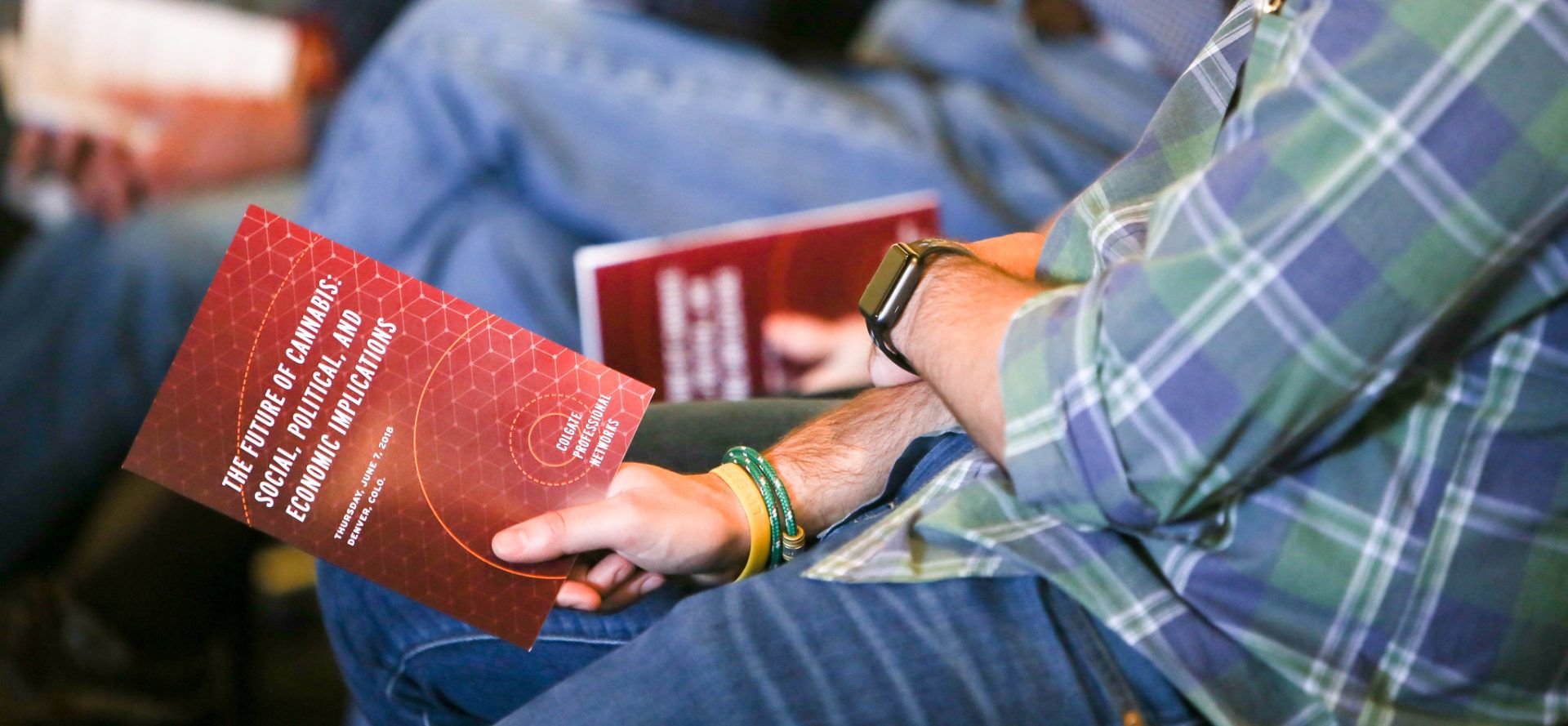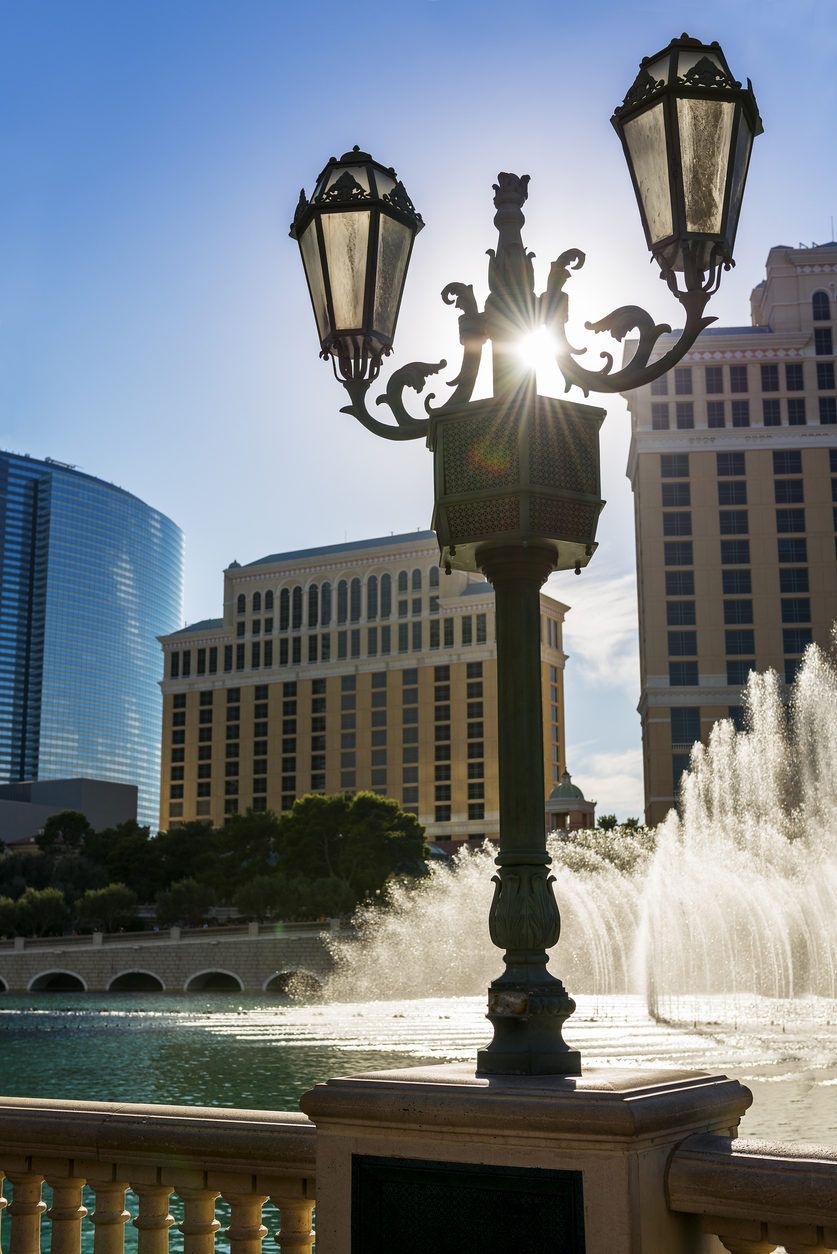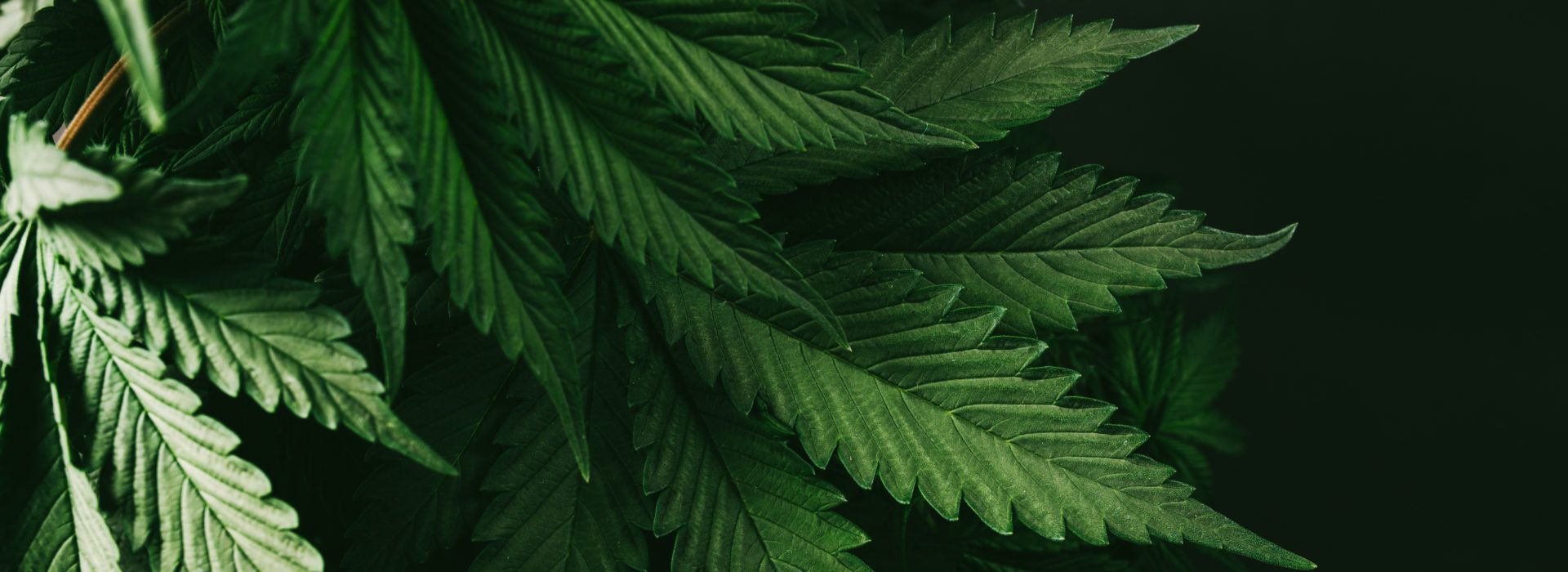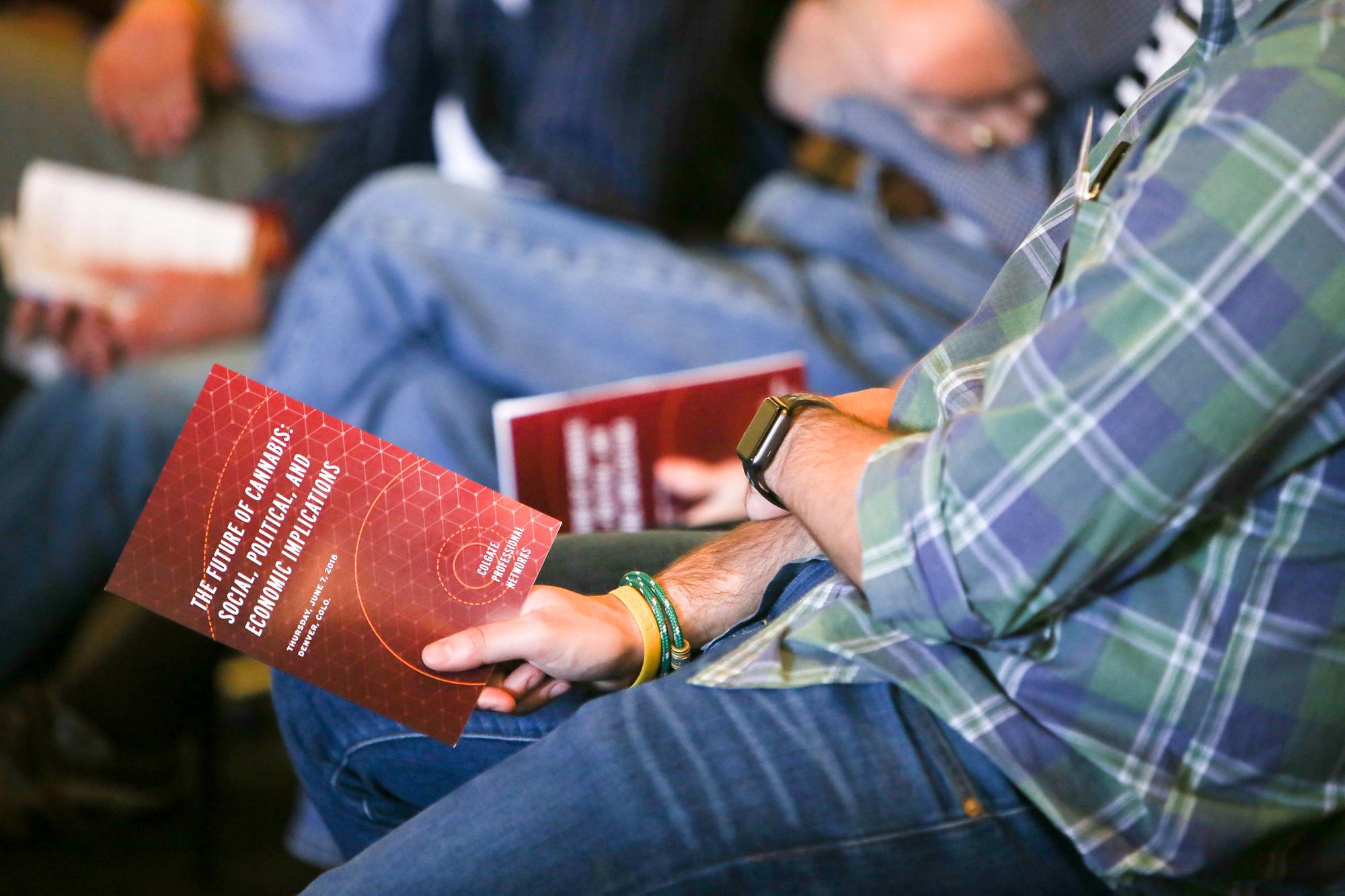Nevada voters legalized adult-use cannabis in November 2016, with sales launching in July 2017. Adults 21+ can purchase up to 1 ounce of flower (⅛ ounce of concentrates), and limited home-growing is allowed in some circumstances; public consumption remains illegal except in licensed lounges. READ MORE: MPP
The size of Nevada’s legal market
Regulators reported $829.2 million in taxable sales in FY 2024 (July 1, 2023–June 30, 2024), down ~2% from $848.1 million in FY 2023 and ~14% from the post-pandemic peak $965.1 million in FY 2022. Those sales generated $107.9 million transferred to the State Education Fund in FY 2024 through excise taxes.
Price compression is a big part of those declines. UNLV’s 2024 overview argues falling revenue shouldn’t be misread as industry failure; with retail prices trending down while volumes stabilize or rise, total revenue can shrink even as legal access improves and more demand shifts away from the illicit market. READ MORE: UNLV
How big is the illicit market?
A 2024 state-commissioned market study (TPMA) triangulated multiple sources and pegged Nevada’s illicit cannabis market at 242 million–370 million annually, equal to roughly 21–30% of all cannabis purchases in the state. The report also notes 14–16% of respondents admitted to buying from illicit sources in the last year (a rough estimate given sample size).
Crucially, the same study cites New Frontier Data projections showing the illicit share has been declining since 2019 and is forecast to keep shrinking through 2030—though it remains substantial today.
Legal vs. illegal: a side-by-side snapshot
- Legal retail (FY 2024): 829.2M in taxable sales; ~108M to the State Education Fund; subject to 15% wholesale and 10% retail excise taxes plus sales tax; full track-and-trace and testing.
- Estimated illicit sales (2023–2024): 242M–370M, or roughly a quarter to a third of all cannabis purchases statewide; no testing, taxes, or consumer protections.
On share alone, legal sales dominate—but the underground market is still too large to ignore.
Has illegal cannabis gone down since legalization?
Short answer: Yes, but unevenly.
- Model-based view: The 2024 Nevada market analysis (commissioned by CCB) reports a multi-year decline in the illicit share since 2019, consistent with economic evidence that when legal and illegal prices converge, most consumers prefer the regulated option.
- On-the-ground view: Nevada’s legal industry and some regulators argue the illicit market is still a major drag on legal sales and tax revenue, pointing to softening legal revenues and limited civil enforcement tools. News coverage summarizing the state’s latest sales figures put it bluntly: legal sales have slipped from the FY 2021 peak, and the illicit market is a key competitor. READ MORE: The Nevada Independent
These are not contradictory: the share of illicit purchases can fall even while illegal operators remain visible (or even noisier) to businesses and regulators during a period of overall market adjustment.
What’s driving the tug-of-war?
Prices and taxes. The TPMA report highlights strong cross-price effects: consumers treat legal and illegal cannabis as substitutes, and similarity in prices suppresses illicit demand. Because illicit sellers avoid taxes, they can undercut licensed shops; when legal prices fall (as they have), the legal market captures more share—even if total legal revenue dips.
Enforcement capacity. CCB primarily regulates licensed operators; cracking down on unlicensed sellers often requires local law enforcement. The Nevada Independent notes regulators want more targeted tools (e.g., cease-and-desist authority for unlicensed delivery) and public awareness campaigns to highlight safety risks of untested products. Meanwhile, DEA plant eradications in Nevada rose from 5,686 (2021) to 11,471 (2022), a reminder that some illicit cultivation persists even as the illicit share shrinks.
Tourism and consumption rules. Consumption lounges were expected to channel visitor demand into regulated venues, but roll-out has been slower and more fragile than hoped; only two lounges reached operation, and one closed after a year—limiting consumer-friendly legal spaces and potentially leaving room for gray/illegal experiences. READ MORE: Nevada Cannabis Compliance Board
The hemp “gray” market. UNLV flags intoxicating hemp products as a complicating factor nationwide—legal in different channels, often cheaper, and sometimes substituting for regulated THC. That dynamic blurs the line consumers see between regulated and unregulated cannabinoids.
So, is illegal cannabis being suppressed or rising?
- Suppressed, gradually. Best available estimates indicate the illicit share is trending downward from 2019 forward, and price compression plus broader legal access should keep nudging consumers into the regulated system.
- Still sizeable today. Even with a declining share, 242M–370M in annual illicit sales is meaningful—roughly one in four (or more) cannabis dollars. Industry voices say that’s enough to squeeze legal margins and reduce school-funding transfers tied to excise tax receipts.
What would accelerate the shift to legal?
The state’s own study lays out practical levers:
- Keep narrowing the price gap. Lower structural costs and right-sized taxes improve legal competitiveness. (The study explicitly cautions that higher taxes can unintentionally push buyers back to illicit sources.)
- Public education. Campaigns that connect testing and traceability to consumer safety can reduce the appeal of cheaper, unregulated products.
- Targeted enforcement and civil tools. More options to disrupt unlicensed delivery and pop-ups—without a “war on drugs” approach—could curb persistent bad actors. READ MORE: The Nevada Independent
- Tourism-friendly legal venues. A smoother consumption-lounge ecosystem would give visitors a clear, lawful alternative to informal/illegal consumption. READ MORE: SFGATE
Bottom line
Nevada’s legal market is mature, large, and a consistent funder of K-12 education—$829M in FY 2024 sales and $108M to the State Education Fund—yet the illicit market still accounts for roughly 21–30% of purchases. Evidence suggests that illicit share has declined since 2019, but not disappeared. Continued price compression, smarter enforcement, and clearer consumer messaging are the likeliest drivers to keep squeezing the underground market—and to ensure more of Nevada’s cannabis economy flows through the regulated channels Nevadans voted for.




